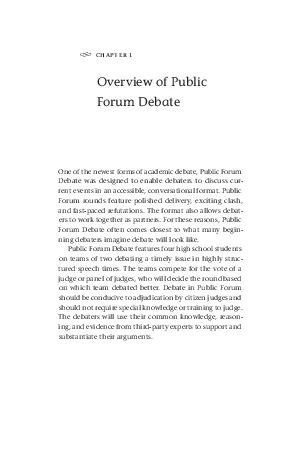PPT-Faculty Forum Centre for Public Health
Author : chiquity | Published Date : 2020-06-23
Criminal Justice Monitoring and Research Presentation to the Police Knowledge Fund Project Gordon Hay Kevin Cuddy Jane Oyston amp Simon Russell wwwcphorguk 9 th
Presentation Embed Code
Download Presentation
Download Presentation The PPT/PDF document "Faculty Forum Centre for Public Healt..." is the property of its rightful owner. Permission is granted to download and print the materials on this website for personal, non-commercial use only, and to display it on your personal computer provided you do not modify the materials and that you retain all copyright notices contained in the materials. By downloading content from our website, you accept the terms of this agreement.
Faculty Forum Centre for Public Health: Transcript
Download Rules Of Document
"Faculty Forum Centre for Public Health"The content belongs to its owner. You may download and print it for personal use, without modification, and keep all copyright notices. By downloading, you agree to these terms.
Related Documents














